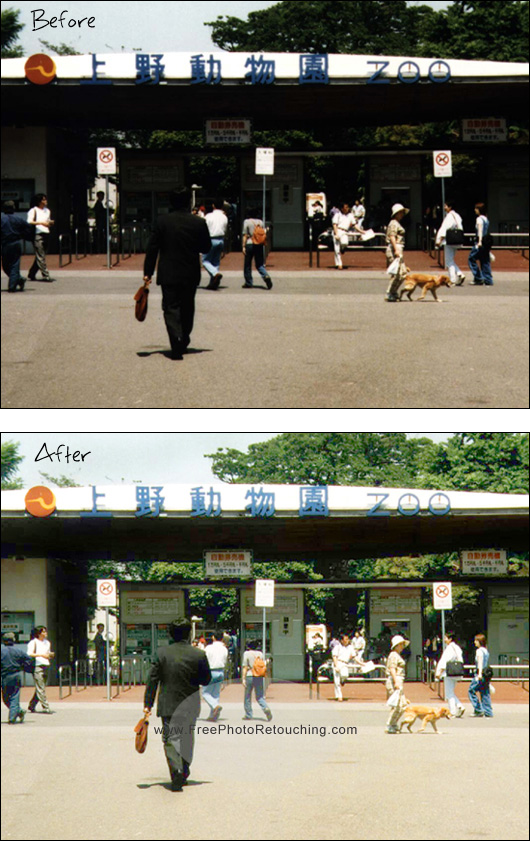

Only RAW images store all information captured by your camera’s sensor, thus providing sufficient image data for postproduction. Keep in mind: “too much right = too bright.” A few tips: The white triangle symbol in the upper right indicates burnt-out whites (“clipped whites”). Overexposed: All displayed data is right-orientated in the histogram and even touches the right border of it. Like I said, histograms show the “technical truth” and have only little tolerance for photographer’s intentions. Both triangle symbols are black, which means: no clipping. Keep in mind: “too much left = too dark.”Ĭorrect exposure: We have a nice little “hill” of tonal information, which neither touches the left nor the right border of the frame. The white triangle symbol in the upper left indicates the blacked-out shadows (“clipped blacks”). Underexposed: All displayed data in the histogram is pretty much left-orientated, even touching the left border. Let’s look at the three types of exposures in Image 1: What a histogram tells us about an image can easily turn into a science, but for this tutorial, I will keep it simple. Histograms have no knowledge of, for example, the high popularity of underwater images with a main subject in front of a black background. This means that what a histogram might declare as “wrong” may not necessarily be so.

They only judge the exposure by its technical aspects: counting the pixels, measuring all tones and showing the results in a histogram. However, cameras or editing tools such as Photoshop or Lightroom are not very interested in our intentions. “Correct” exposure is an exposure that achieves the effect the photographer intended.

So, what is exposure? In photography, exposure is the amount of light that reaches your camera’s digital sensor, as determined by shutter speed, lens aperture and scene luminance.


 0 kommentar(er)
0 kommentar(er)
